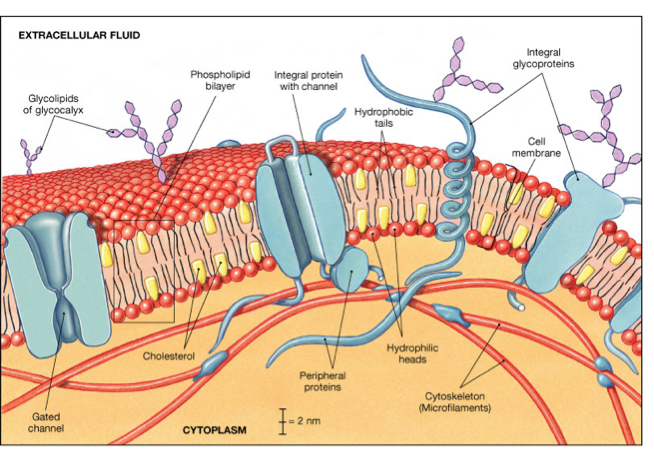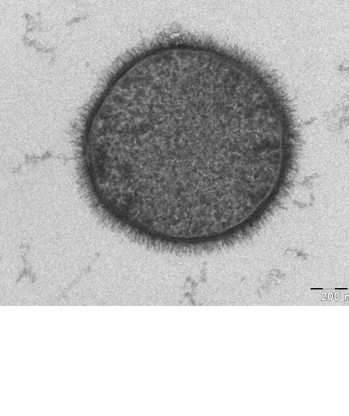Sign up for FlowVella
Sign up with FacebookAlready have an account? Sign in now
By registering you are agreeing to our
Terms of Service
Loading Flow


25. Gylcocalyx molecules can fall into two large families-cell adhesion molecules and plasma membrane receptors. Cell adhesion molecules play key roles in embryonic development, wound repair, and in immunity. Their role is to act as 1. The molecular "Velcro" cells use to anchor themselves to molecules in the extracellular space and to each other, 2. The "arms" that migrating cells use to haul themselves past one another, 3. SOS signals sticking out from the blood vessel lining that rally protective white blood cells to a nearby infected or injured area, and 4. Mechanical sensors that respond to local tension at the cell surface by stimulating synthesis or degradation of adhesive membrane junctions. Membrane receptors serve as binding sites and some function in contact signaling, others in electrical signaling and in chemical signaling. Contact signaling is when the cells actually come together and recognize one another. In electrical signaling, certain plasma membrane receptors are channel proteins that respond to changes in membrane potential by opening or closing the "gates" associated with an ion channel. Chemical signaling is where chemicals are signaled that bind specifically to plasma membrane receptors.
